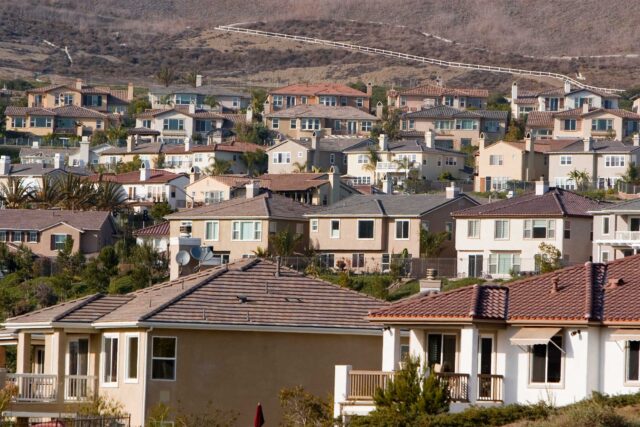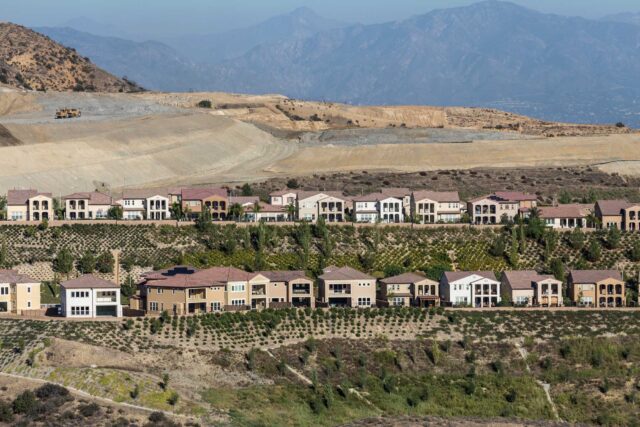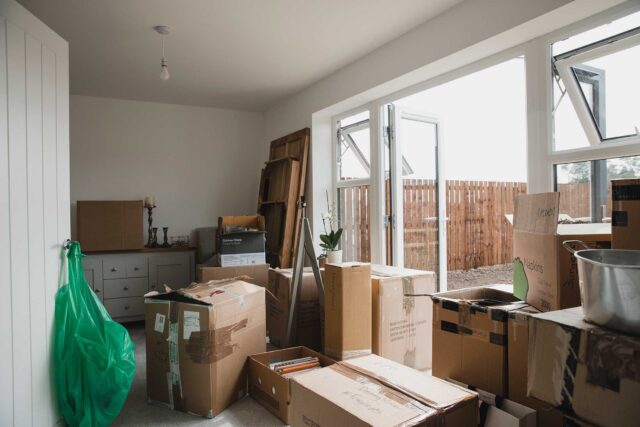By almost any measure, Californians face exorbitant housing costs. The state is second in the country in housing prices and rents (after Hawaii), and it has the second lowest homeownership rates (before New York). Moreover, housing prices continued to increase during the pandemic. Most everyone agrees that building more housing has to be part of the solution to the state’s housing crisis.
Recent data from the US Census Bureau provide a bit of good news. During the first four months of 2021, the number of new housing units authorized increased 25% compared to the same period in 2020. Growth in March and April was particularly robust, with new permits exceeding 10,000 units in each month—the first time since 2007 that those months have seen such large numbers. Of course, this sharp increase is in comparison with the very low number of permits authorized at the start of the pandemic (April 2020 had the lowest number in many years).
The robust increase in housing permits is also notable because 2020 was the first year since records have been kept that California lost population. This decline was the product of many short-term forces, including the pandemic, and might not be repeated in 2021. Overall, strong growth in housing permits since the April 2020 nadir suggests builders are optimistic that new homes will find ready buyers. Since the Great Recession, sluggish growth in new permits and the rise in subpar housing situations (e.g., living with parents, overcrowded conditions, substandard housing, or being subject to long commute times) have provided the basis for strong housing demand despite population slowdowns.
As is often the case, statewide figures mask important differences across metro areas. In the first four months of 2021, residential permits in the Bay Area were higher than a year ago, but this increase was not enough to compensate for the major decline that we saw between 2019 and 2020. In contrast, other metros like Sacramento, San Diego, and Los Angeles actually saw increases in 2020 that have continued into 2021. Indeed, housing production in Sacramento has boomed since the pandemic started in response to a growing number of Bay Area residents relocating.
Growth in permits for single-family homes has remained stronger than for multi-family units. However, multi-family permits have started to pick up pace since November 2020. This has been particularly true in Southern California. For example, in the San Diego metro area, permits for multi-family homes grew 40% in the first four months of 2021, a much higher rate than permits for single-family homes (8%). In Los Angeles, permits for both single- and multi-family units rose considerably (26% and 23%, respectively).
The longer-term picture is not so sanguine. Even with recent increases, the number of new housing units remains not only well below levels seen in previous years, but also behind the housing production that would have been expected given California’s population change in the last 14 years—and certainly below Governor Newsom’s 2019 goal of 3.5 million new units by 2025.
Because cities and counties play the lead role in zoning decisions that determine where and how much housing can be built, the state must work with local governments to identify the most effective way to prioritize housing construction. The new state budget will likely provide additional one-time funding to address homelessness and incentivize the construction of affordable housing, and the governor has proposed a new “Housing Accountability Unit” that would monitor local governments to ensure they comply with requirements to build more housing. Some local governments are also experimenting with ways to expand housing supply and affordability, including eliminating single-family zoning. These actions and the recent uptick in permits could help increase the supply of housing, but local and state policymakers will need to continue to find innovative ways to encourage housing development after years of underproduction.






